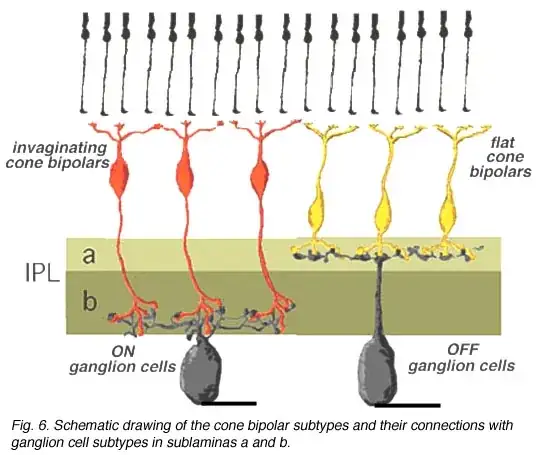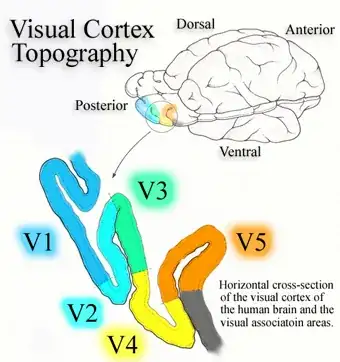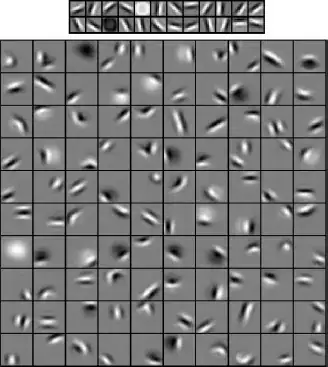Really short answer: yes
Slightly longer answer: kinda
Long answer:
Convolutional neural networks (CNNs), which are now a standard in image processing models, were inspired from work done by Hubel and Wiesel in the 1950-60s. They showed that the visual cortexes of cats and monkeys contain neurons that individually respond to small regions of the visual field.
To give some background, we have to first start from the rods and cones in the eyes. These photosensitive cells are connected to a few layers of cells before even leaving the retina via ganglion cells.

These ganglion cells are then connected to several regions of the brain but primarily the Occipital lobe located at the back of the brain. The Occipital lobe is responsible for visual processing and is separated into cortical layers, the first named V1 which is the primary visual area. Most of the work by Hubel and Wiesel involved cells in V1 and showed how these cells were sensitive to orientation and color from their respective receptive areas on the retina.

The cells in V1 are connected to the cells in V2, which are sensitive to even more specific stimuli, such as movement with orientation, and this trend of specific sensitivity continues up from V2 to higher regions in the brain.
This layered approach to vision has been heavily exploited in CNNs, so much so that when the sensitivity of neurons in trained CNNs is displayed, similar responses (orientation) are found.

There is clear evidence of layers in biological optical systems and similarly layered structures in the other senses. Although there are many connections between different brain structures, the main structure of layers in the brain has helped understand what different areas of the brain do and has helped inspire many (if not all) advances in neural network research.



